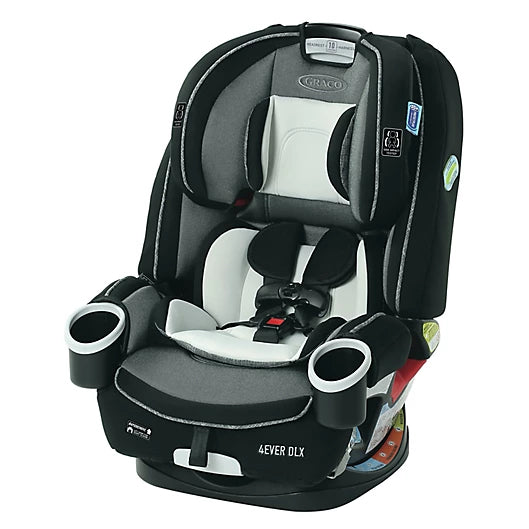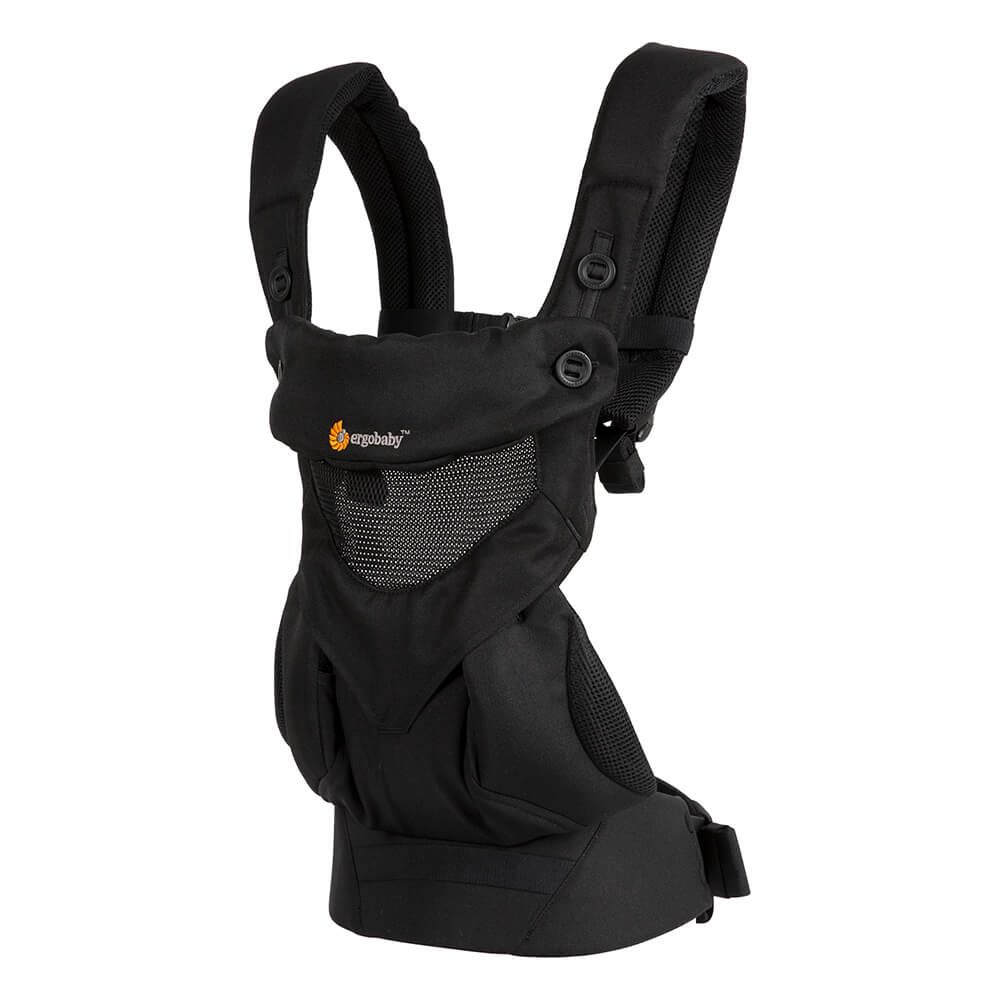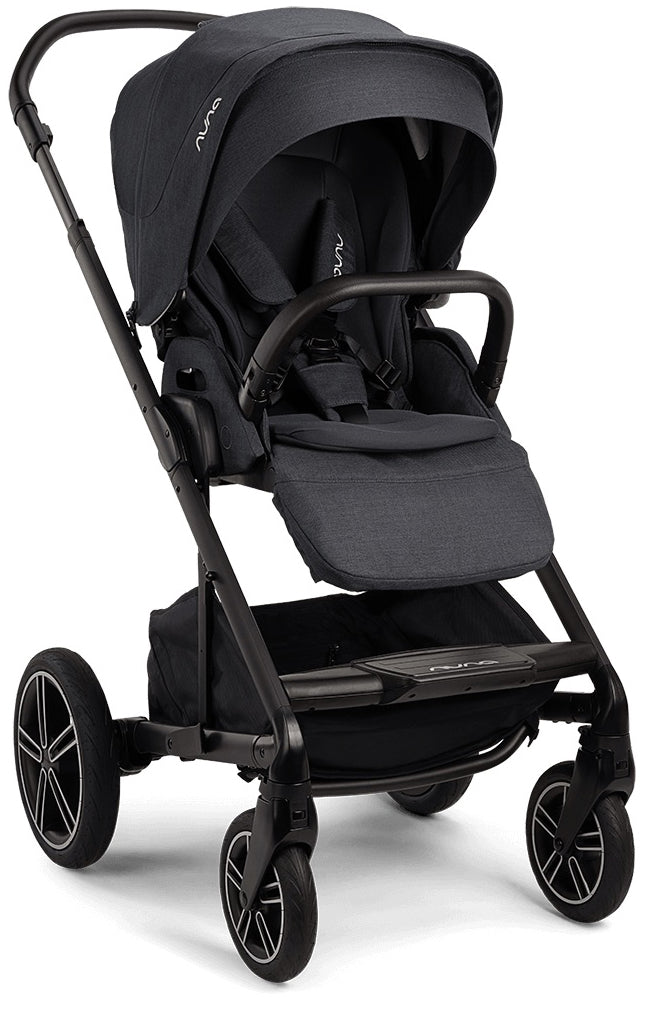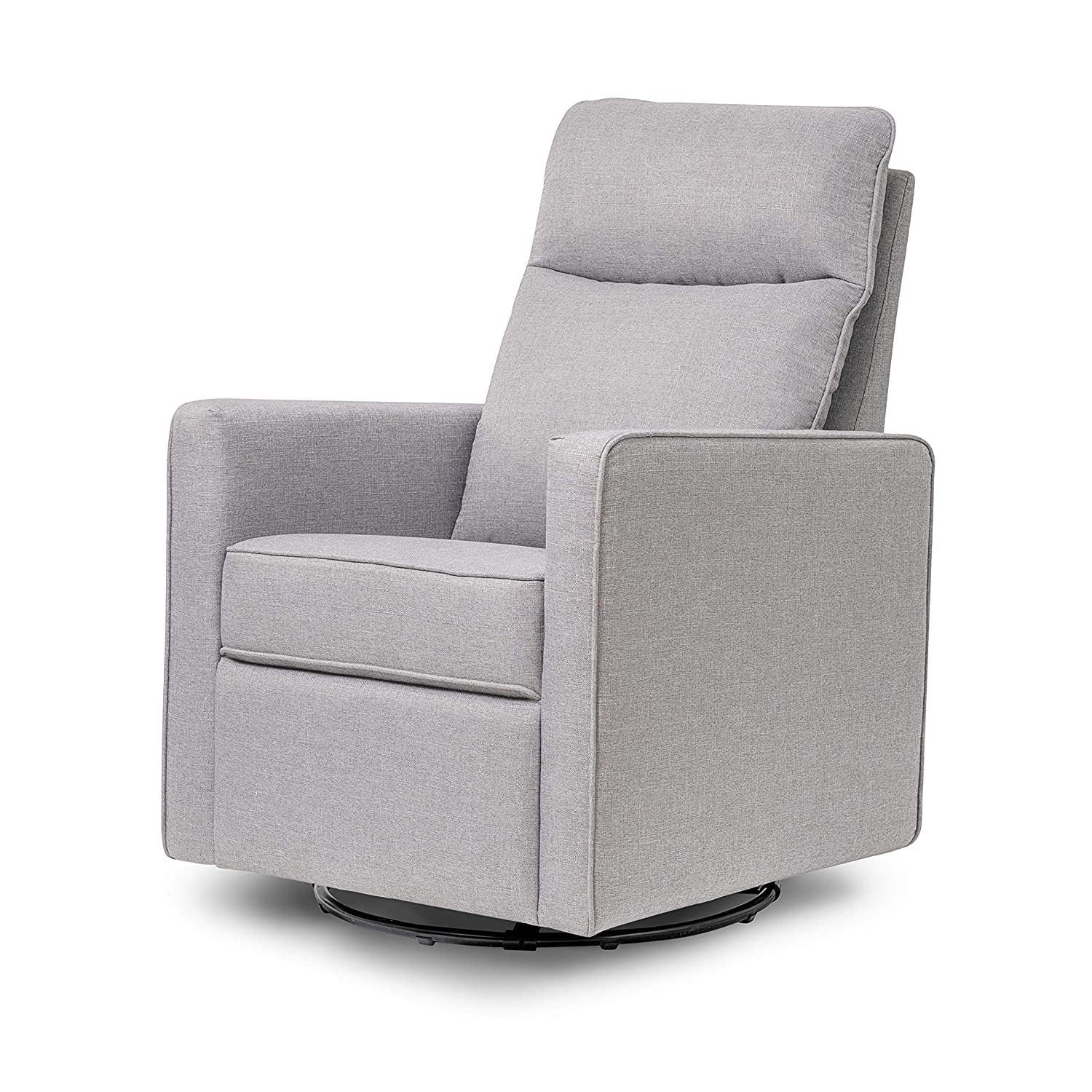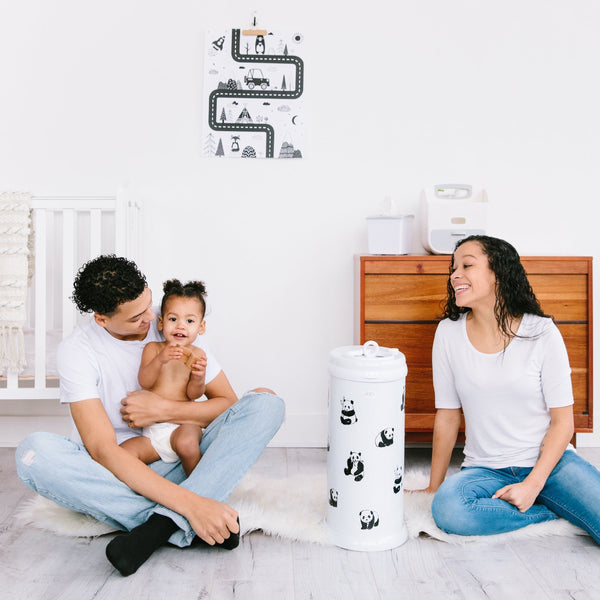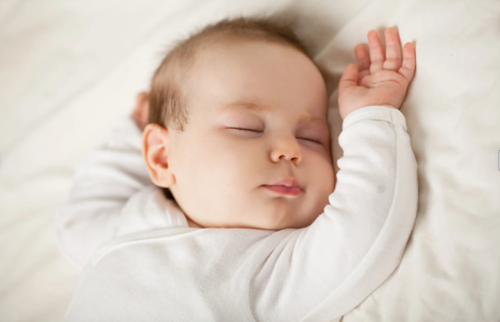
Safe Sleep Tips for Infants: Expert Advice from Pediatric Sleep Consultant Leah Nolan
Leah Nolan
October is Infant Safe Sleep Awareness Month, making this the perfect time to revisit best practices for baby sleep safety. As a Pediatric Sleep Consultant, I’m often asked: How can we help babies sleep better and safer? The two go hand in hand. In this post, I’ll share evidence-based safe sleep strategies every parent should know plus practical tips you can put into practice tonight.
Why Safe Sleep Matters
Safe sleep isn’t a trend it’s a critical foundation for your baby’s health and well-being. According to the American Academy of Pediatrics (AAP), thousands of sleep-related infant deaths are preventable each year by following simple safe sleep guidelines. A safe sleep environment reduces the risk of Sudden Infant Death Syndrome (SIDS) and suffocation, while supporting more restful, consistent sleep.
Top 7 Safe Sleep Practices
-
Back to Sleep
Always place your baby on their back to sleep for naps and bedtime. Babies placed on their backs have a lower risk of SIDS. -
Use a Firm, Flat Surface
Choose a firm crib mattress with a tight-fitting sheet. Avoid soft mattresses, swings, or loungers. -
No Loose Bedding or Toys
Keep the crib clear, no blankets, bumpers, pillows, or stuffed animals. Less is best! -
Room-Share, Don’t Bed-Share
Place your baby’s crib or bassinet or crib in your room for the first twelve months. This keeps baby close while maintaining safety. -
Avoid Overheating
Dress baby in one layer more than you’d wear and maintain a comfortable room temperature (68–72°F). Overheating increases SIDS risk. -
Offer a Pacifier
Using a pacifier at sleep time can reduce SIDS risk. If your baby takes one, offer it for naps and bedtime (but don’t force it). -
Skip Sleep Positioners & Inclined Sleepers
These are not recommended and may increase suffocation risk. Always use a flat, safety-approved sleep surface.
Common Myths About Safe Sleep
Myth: “My baby rolls, so I should change positions.”
Truth: Once your baby can roll both ways independently, it’s safe to let them sleep in the position they choose. Always place them down on their back.
Myth: “Blankets or bumpers make the crib cozier.”
Truth: Cozy does not mean safe. Keep the sleep area free of all soft items.
Myth: “Bed-sharing keeps my baby safer.”
Truth: Bed-sharing increases the risk of suffocation. Room-sharing is the safer alternative.
Tips for Safe Sleep During Sleep Training
As a sleep consultant, I help families create healthy sleep habits after a safe foundation is in place. Here are a few ways to combine the two:
-
Start with a safety check: Remove loose bedding and ensure your crib setup meets AAP guidelines.
-
Be consistent: A predictable bedtime and naptime routines to support better sleep.
-
Educate caregivers: Make sure anyone watching your baby understands and follows safe sleep guidelines.
Safe Sleep & Stork Exchange
At Stork Exchange, we believe that safe sleep and good sleep go hand in hand.
Our curated collection of baby gear, sleep accessories, and nursery products are chosen with safety, sustainability, and comfort in mind.
This October, in honor of Baby Sleep Safety Month, we’re proud to highlight items that help families create safer, more restful sleep spaces.
Final Thoughts
Safe sleep is a simple but powerful way to protect your baby and give your family peace of mind. Even small changes to your baby’s sleep environment and routine can make a big difference in ensuring safer sleep. Every step toward safety matters.
Sweet dreams,
Leah Nolan, Pediatric Sleep Consultant
